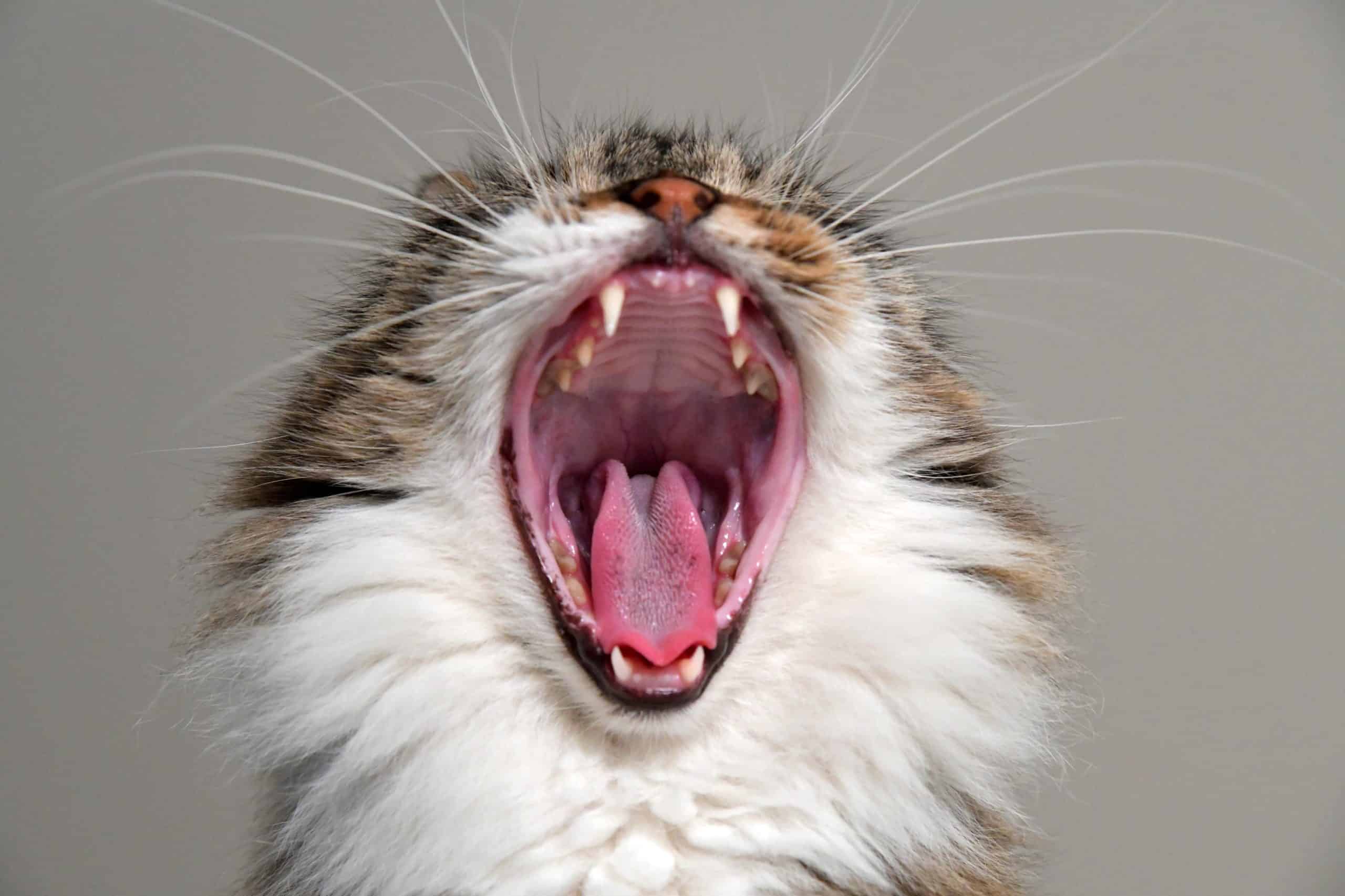Understanding and managing aggression in cats

Aggression in cats can be perplexing and distressing for pet owners. Feline aggression is not only a source of concern for the well-being of both the cat and its human family, but it also poses a challenge for maintaining a harmonious household. Recognizing the types of aggression, their causes, and how to deal with them is vital for any cat owner. This article aims to provide you with a comprehensive understanding of why cats may exhibit aggressive behavior and practical advice on how to manage it effectively.
Recognizing the Signs of Aggressive Behavior
Before you can effectively deal with aggression in your cat, it’s essential to understand the signs and the context in which the aggression occurs. A cat’s body language is a window into their emotional state. Signs of aggression include hissing, growling, showing teeth, swatting, and a puffed-up fur appearance. Understanding these signals can prevent negative interactions and even potential injuries.
Sujet a lire : Tips for managing barking in dogs
Aggressive behavior in cats can stem from various sources. It’s critical to identify the type of aggression your pet is displaying to address the issue properly. Each type of aggression has distinct triggers and requires specific strategies to manage.
Play Aggression
One common mistake people make is not recognizing play aggression. It is often mistaken for genuine hostility. Cats, especially kittens, have a strong instinct to hunt and will often engage in play that simulates these predatory behaviors. This can include stalking, pouncing, and biting.
A voir aussi : Canine fitness: how to keep your dog in top shape
To help your cat channel this energy positively, ensure they have ample play time with appropriate toys. Engaging in regular play sessions can significantly reduce the frequency and intensity of play aggression. Using toys rather than hands or feet for play prevents cats from associating human limbs with prey.
Fear Aggression
Another type influencers aggressive behavior is fear. Fear aggression occurs when a cat perceives a threat and feels trapped. In these situations, their aggressive responses are based on a fight-or-flight reaction. To reduce fear aggression, it’s important to create a safe environment for your pet. Avoid sudden movements or loud noises that can startle them. When introducing new people or animals to your home, do it gradually, allowing your cat to acclimate at their own pace.
Understanding the individual temperament of your cat can also greatly assist in managing fear aggression. Some cats may naturally be more prone to anxiety, and recognizing this can guide you in tailoring your approach to their needs.
Territorial and Redirected Aggression
Cats are territorial animals, and introducing new pets or even new furniture can trigger territorial aggression. This type of aggression includes marking territory with urine, aggressive blocking of certain areas, and attacking other animals or people who encroach on their space.
Redirected aggression is another form of aggressive behavior where a cat will lash out at an unrelated target because they cannot reach the source of their irritation. For example, a cat might see another cat outside the window and then turn and scratch their owner because they cannot get to the outside cat.
In both cases, providing a sense of security and ownership for your cat can alleviate the aggression. This can involve designated spaces for your cat, such as beds, scratching posts, and personal toys. Also, introducing scent swapping techniques can ease the transition of new pets.
Pain-Induced and Maternal Aggression
Aggressive responses may also be due to pain. A cat in discomfort might become aggressive when certain parts of their body are touched. If you notice a sudden change in your cat’s behavior, it’s crucial to consult a veterinarian. Identifying and treating the underlying health issue can resolve the aggression.
Maternal aggression is exhibited by female cats protecting their kittens. Even the most docile cat may become aggressive when she has a litter to protect. Giving the mother and her kittens a quiet, undisturbed space is often enough to reduce this type of aggression.
Effective Management Strategies
Once you’ve identified the type of aggression your cat is displaying, the next step is to implement strategies to manage it. Behavior modification can take time, and it’s important to be patient and consistent in your approach.
Environmental enrichment is key. Cats need mental stimulation and physical exercise to stay healthy and happy. Providing a variety of toys, scratching posts, and cat trees can help keep your cat engaged. Additionally, establishing a routine for feeding and play can provide a sense of stability, reducing stress-related aggression.
In some cases, you may need to employ counter-conditioning and desensitization techniques, especially for aggression cats that react strongly to specific triggers. This involves gradually exposing your cat to the trigger in a controlled manner, rewarding them for calm behavior, and slowly reducing their sensitivity over time.
Remember, aggressive behavior can sometimes be a sign of an underlying issue. Regular veterinarian check-ups are essential to ensure your cat’s health is not contributing to their aggression. In severe cases, seeking the help of a professional animal behaviorist may be necessary.
Conclusion
Dealing with an aggressive cat can be challenging, but with the right understanding and approach, it’s possible to manage and often reduce this behavior. Recognizing the different types of aggression, their causes, and corresponding management strategies is the first step. Ensuring your cat’s environment is enriched and they have appropriate outlets for their energy will go a long way in preventing aggression. Remember to consult with your veterinarian to rule out any health-related causes of aggressive behavior.
In managing aggression in cats, patience and consistency are crucial. Each cat is an individual, and what works for one may not work for another. Be observant, responsive to your cat’s needs, and ready to adapt your strategy as needed. With time and effort, you can help your feline friend live a happier, more relaxed life, and in turn, create a more harmonious home for everyone.
